Cambridge University Herbarium gains national significance accolade
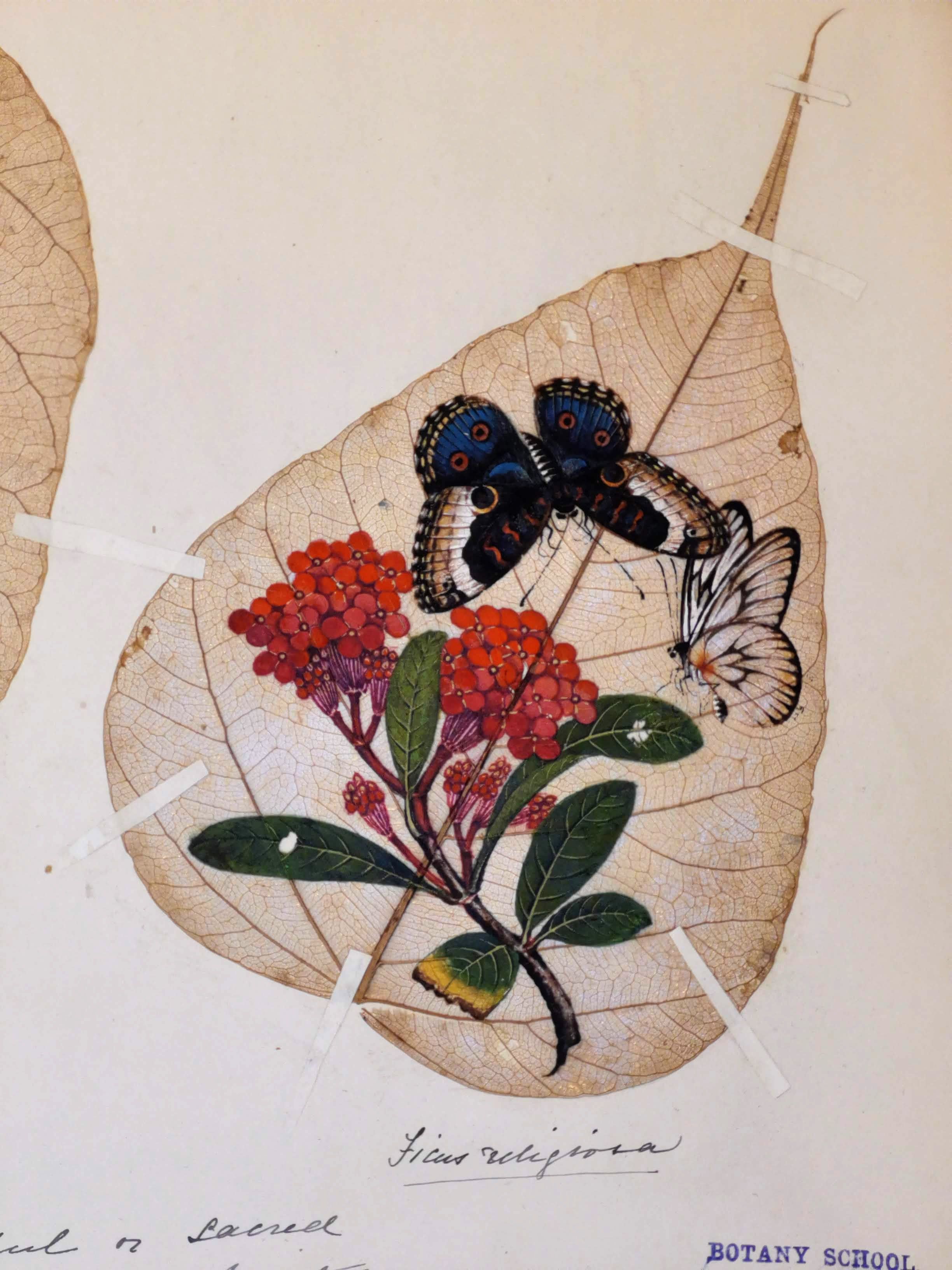
The Herbarium has been officially awarded Designated status by the Arts Council England
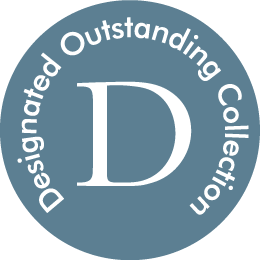
This award recognises the Herbarium's natural history collections as being of great historical and scientific importance for the country.
Established in 1761, the Herbarium holds an estimated 1.1 million plant specimens from all over the world, making it one of the largest collections of pressed and dried plant specimens in the UK.
An estimated 50,000 of these are ‘type’ specimens – the specimens selected as the original reference to define a species of plant.
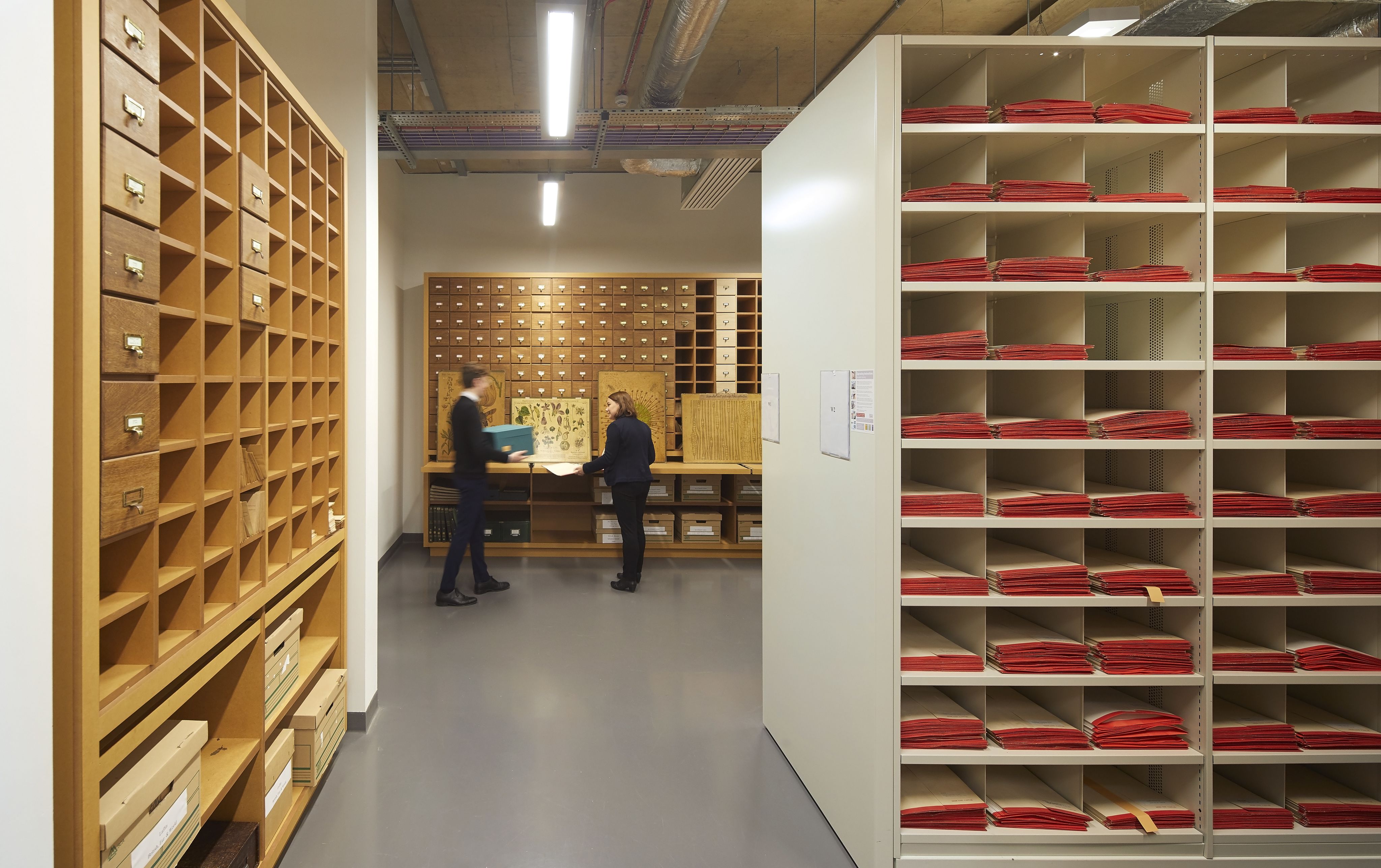
Inside the Herbarium specimens are stored in folders and drawers. Credit: Hufton and Crow
Inside the Herbarium specimens are stored in folders and drawers. Credit: Hufton and Crow
The collection includes almost 1,000 specimens collected by Charles Darwin on the Voyage of the HMS Beagle - perhaps the most famous scientific expedition in history.
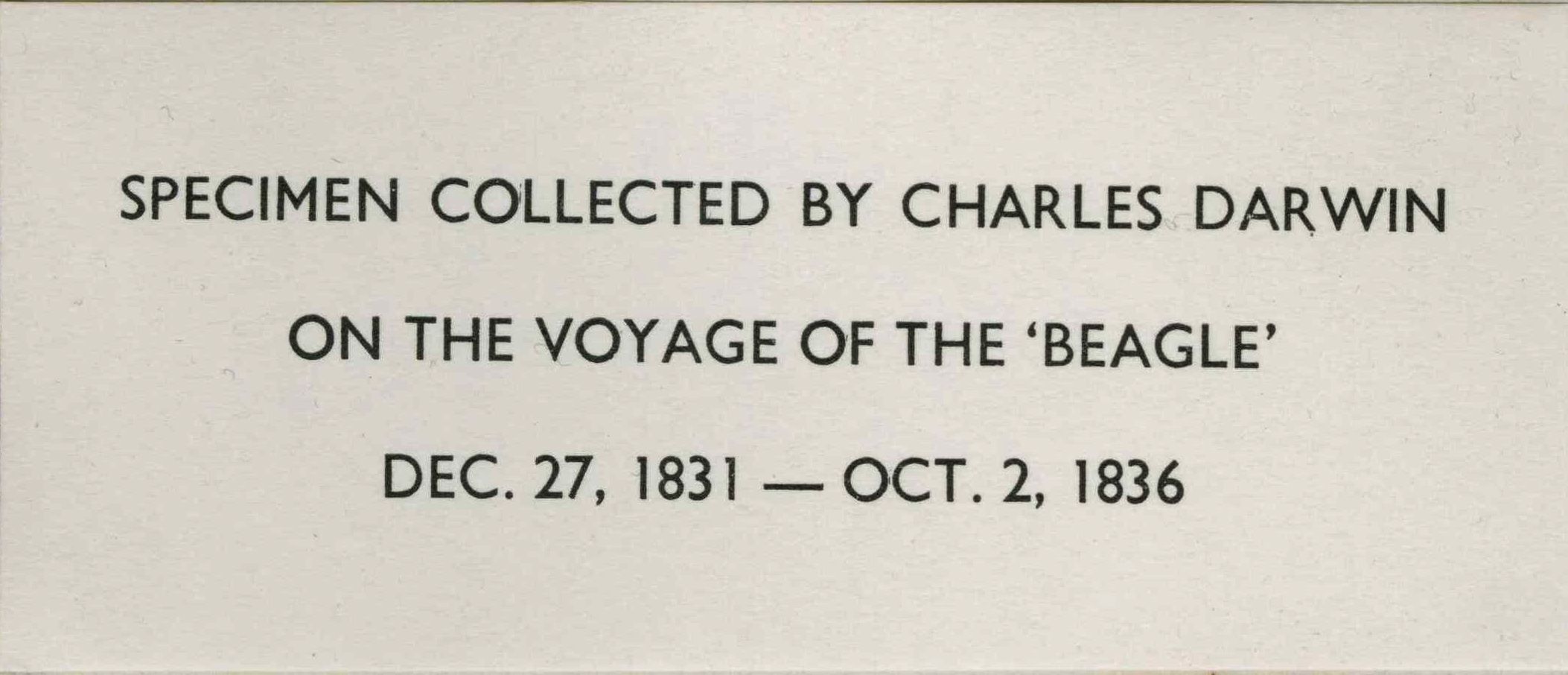
This specimen of Sicyos villosus (a member of the cucumber and squash plant family) was collected by Charles Darwin in 1835 in the Galapagos Islands, but has never been found again since. It is thought to now be extinct, so this specimen is the only record that the species ever existed.
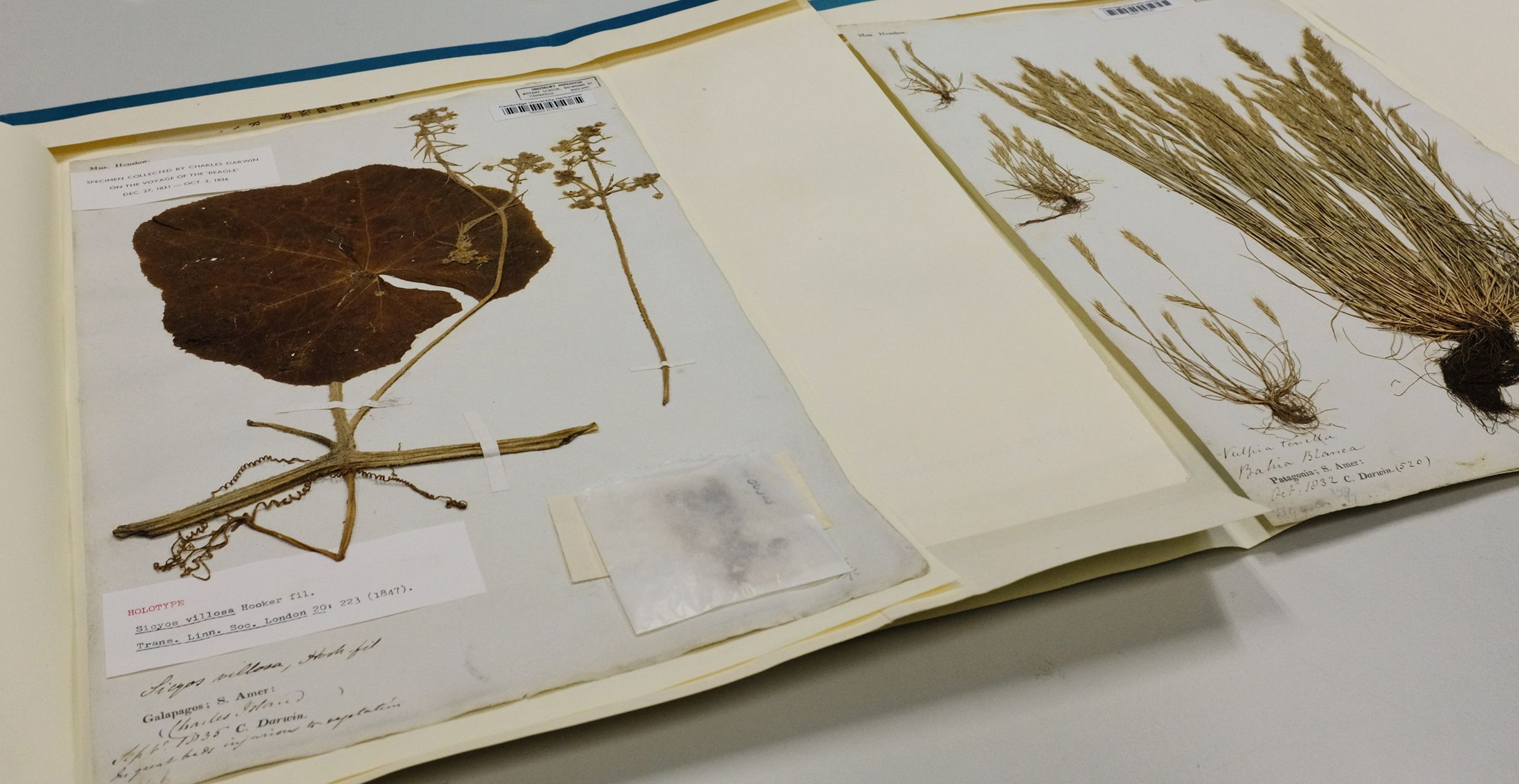
Darwin’s specimens, along with others in the collection including those of Darwin’s mentor, John Stevens Henslow, were key to the development of the theory of evolution by natural selection.
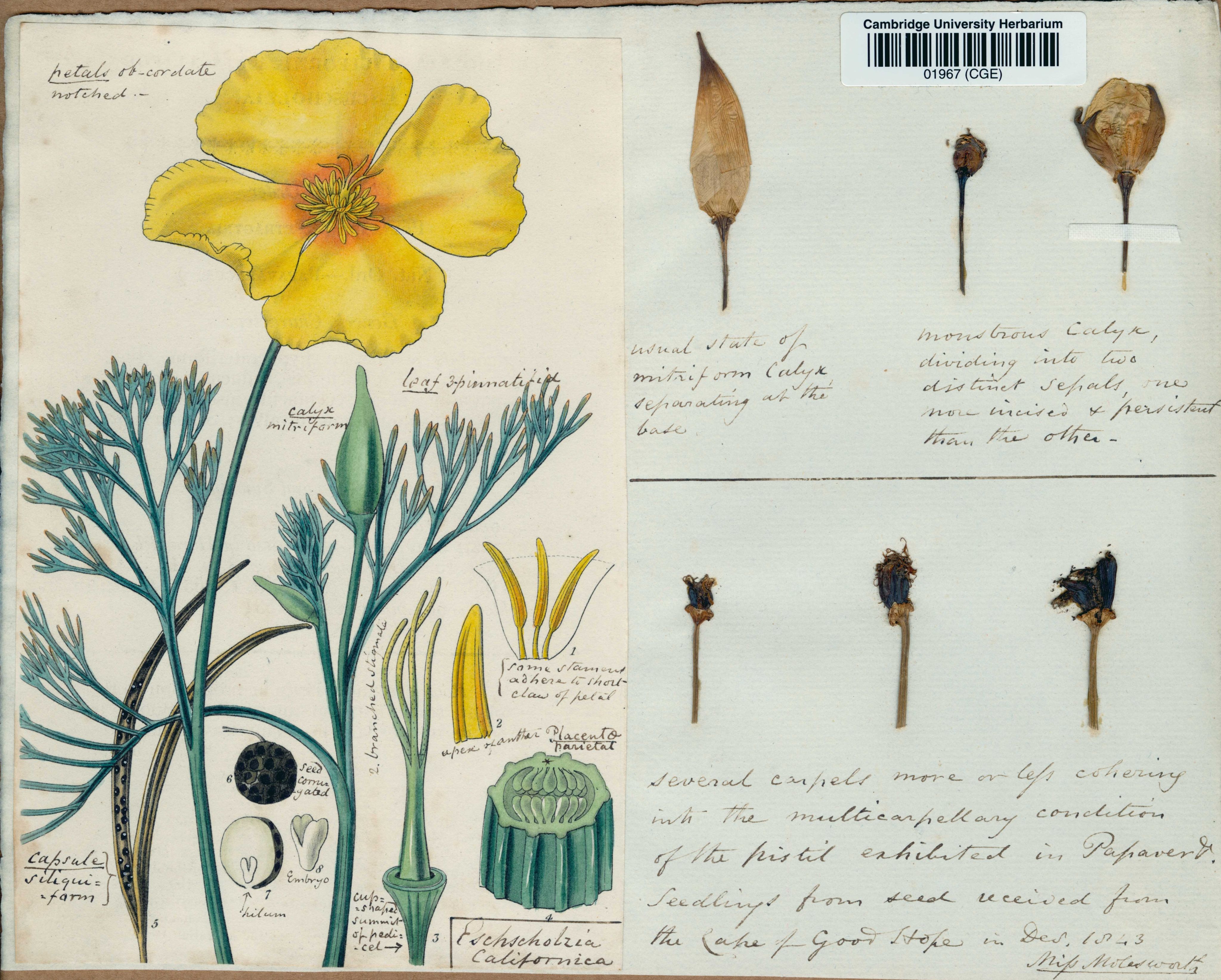
The Herbarium holds many specimens with beautiful illustrations attached, such as this image of the Californian poppy, Eschscholzia californica - mounted alongside several flower buds and seed heads of the plant - grown from seed sent to Professor of Botany John Stevens Henslow in 1843.
The Herbarium holds many specimens with beautiful illustrations attached, such as this image of the Californian poppy, Eschscholzia californica - mounted alongside several flower buds and seed heads of the plant - grown from seed sent to Professor of Botany John Stevens Henslow in 1843.
Other specimens were collected by three centuries' worth of influential naturalists including Alfred Russel Wallace, Joseph Banks, and Hans Sloane.
Some were sent back from famous expeditions including the HMS Challenger Expedition (1872-6), and the Ross Antarctic Expedition of HMS Erebus and Terror (1839-43).
Throughout the 20th and into the 21st century, many contributors have added their collections to the Herbarium - including the great British ecologist Oliver Rackham (1939-2015).

Dr Lauren Gardiner, Curator of the Cambridge University Herbarium said: “Cambridge University Herbarium is a unique - and vital - resource for many scientific and historical fields of research, from present day conservation science to the history and development of scientific ideas about the natural world.”
“We are extremely pleased that the Herbarium has been awarded Designated status, and that this major biodiversity archive is now recognised officially, alongside the other extraordinary collections held by the University of Cambridge.”
Dr Lauren Gardiner, Curator of the Cambridge University Herbarium
Arts Council England’s Designation Scheme recognises the pre-eminent collections of national importance held in England’s non-national museums, libraries and archives, based on their quality and significance.
Cambridge University Herbarium’s award demonstrates that its holdings are some of the finest and most significant in the country, and recognises that the University of Cambridge is committed to the continued safeguarding and use of this remarkable collection for the benefit of generations to come.
Dr Nick Merriman, Chair, Designation Panel, said: “The Designation Scheme plays a critical role in raising the profile of nationally and internationally significant collections throughout England.
“I’m delighted that the scheme has recognised the outstanding nature of the Cambridge University Herbarium collection. It demonstrates the breadth of collections that exist in our institutions, and the role they can play in addressing the past, present and future of the planet.”
Part of the Department of Plant Sciences, the Cambridge University Herbarium is held in climate-controlled facilities located in the University Botanic Garden.
Specimens can currently be viewed at specific exhibitions, public talks and online activities held by the Herbarium. A new website and specimen portal will be launched later this year and will make high resolution images of the specimens freely accessible online. Digitisation of the specimens has started, which will enable much greater use of the collection.
The more than 3300 herbaria around the world are crucial resources in addressing several of our greatest global challenges - including the unfolding mass extinction of plants and animals, food security, and climate change. They are at the core of efforts to identify and name plant species, conserve biodiversity, preserve indigenous plant knowledge, and improve the economic status of local communities around the world.
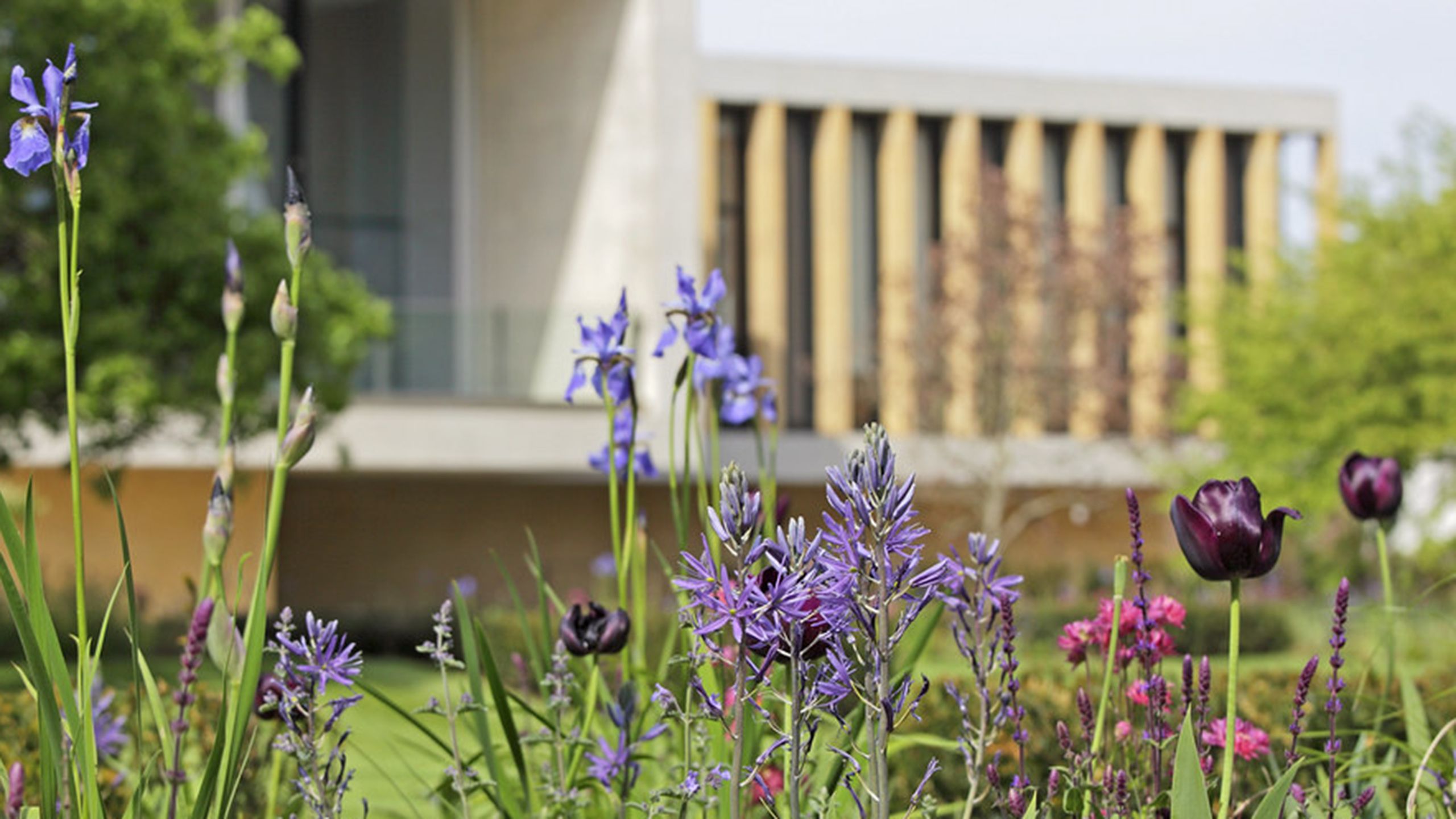

This type specimen of the species Adamia versicolor (now known as Dichroa versicolor), was collected in Hong Kong in the early 1840s by the Scottish botanist Robert Fortune and has the original, part-painted, study for the publication of this new species attached to the specimen sheet.
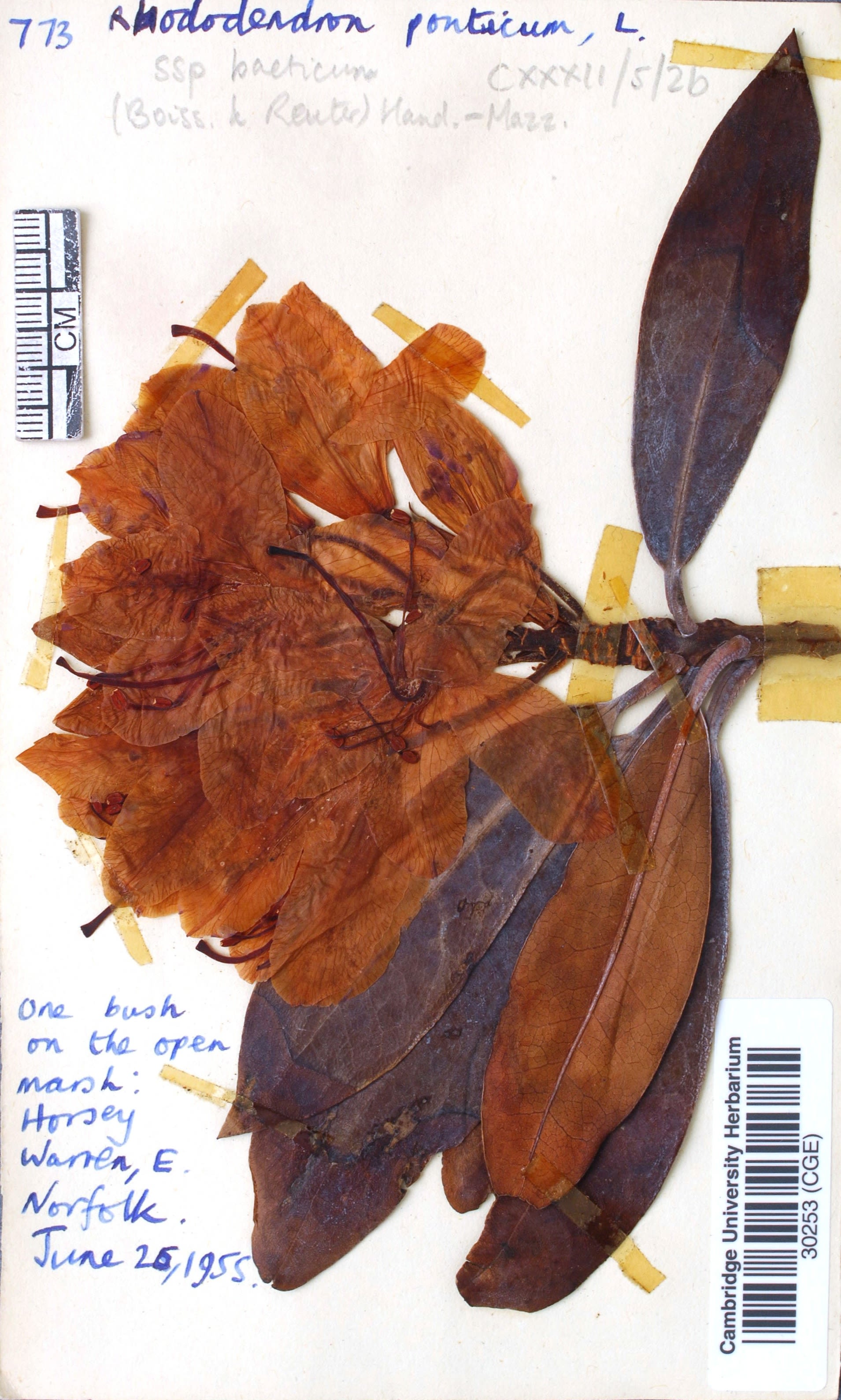
Herbaria contain records of invasive plants, pests, and diseases moving into and across regions and between species. This specimen of the invasive, non-native Rhododendron ponticum was collected by Oliver Rackham when he was just 15 years old.
Top image: Herbarium sheet with painted fig leaves from Macau. Credit: markbox.co.uk. All other images copyright: Cambridge University Herbarium.
The text in this work is licensed under a Creative Commons Attribution 4.0 International License


